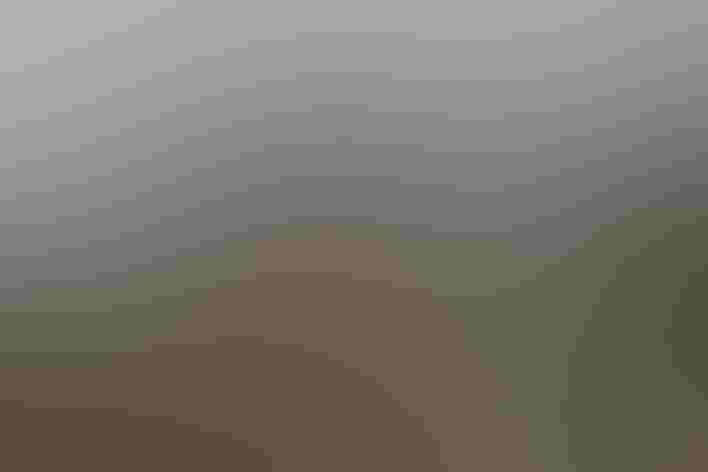Surfbird
At a Glance
Named for its winter haunts, the Surfbird spends the winter (as well as migration seasons) on rocky coastlines pounded by the surf, often clambering about the rocks barely above the reach of the waves. But this stocky little sandpiper leads a double life, abandoning the coast in late spring. Its nesting grounds, high in the mountains in Alaska and the Yukon Territory, were not discovered until the 1920s.
All bird guide text and rangemaps adapted from by Kenn Kaufman© 1996, used by permission of Houghton Mifflin Harcourt Publishing Company. All rights reserved.
Category
Sandpiper-like Birds, Sandpipers
IUCN Status
Least Concern
Habitat
Coasts and Shorelines, High Mountains, Tundra and Boreal Habitats
Region
Alaska and The North, California, Northwest, Western Canada
Behavior
Direct Flight, Rapid Wingbeats, Running
Population
70.000
Range & Identification
Migration & Range Maps
Considering the limited size of the breeding range, wintering range is remarkably stretched-out, from southeastern Alaska to southern Chile. Some can be found on wintering range at least from late July to early May. On our southern Pacific Coast, the only noticeable peak in migrant numbers occurs in spring, mainly in April.
Description
10" (25 cm). Stout, short-necked. In winter, mostly dusky gray with white belly, dark spots along sides. Bill shape is best clue. Breeding plumage has black spots below, rusty above. In flight, shows white tail with black tip.
Size
About the size of a Robin
Color
Black, Gray, Orange, White, Yellow
Wing Shape
Pointed, Tapered
Tail Shape
Rounded, Short, Square-tipped, Wedge-shaped
Songs and Calls
A shrill kee-wee in flight.
Call Pattern
Flat, Rising
Call Type
Buzz, Scream, Whistle
Habitat
Rocky coasts; nests on mountain tundra. During migration and winter, mostly on rocky outer coasts and islands, also on stone jetties and breakwaters. Sometimes on sandy beaches or mudflats, especially during brief stops on migration. In summer, breeds on rather barren, rocky tundra above treeline in northern mountains.
Sign up for ÃÛèÖAPP's newsletter to learn more about birds like the Surfbird
Behavior
Eggs
4. Buff, spotted with dark reddish-brown. Incubation is by both sexes, incubation period not well known.
Young
Downy young leave nest soon after hatching. Both parents tend young, but young find all their own food. Development of the chicks and age at first flight not well known.
Feeding Behavior
Major feeding method on coast involves removing barnacles, limpets, and young mussels from rocks with a quick sideways jerk of the head; the Surfbird's thick bill is adapted for this behavior. Also picks up snails and insects from ground or rocks, sometimes probes in mud.
Diet
Mostly insects, mollusks, barnacles. In summer on tundra, feeds mostly on insects; also spiders, snails, a few seeds. On coast (where it spends most of year), feeds on mollusks, such as mussels, limpets, and snails, as well as barnacles and other crustaceans, and other small invertebrates.
Nesting
Breeding behavior is not well known. In display over nesting territory, male makes long flight, fluttering wings through shallow arc, then gliding while giving repeated calls or harsh song. Nest site is on ground, in natural depression in rocky surface of high, dry ridge, in area surrounded by very low ground cover. Nest (probably built by both sexes) is simple lining of dead leaves, lichens, and moss added to nest depression.
Conservation
Conservation Status
Generally an uncommon bird, but numbers probably stable.
Climate Threats Facing the Surfbird
Choose a temperature scenario below to see which threats will affect this species as warming increases. The same ÃÛèÖAPP change-driven threats that put birds at risk will affect other wildlife and people, too.









